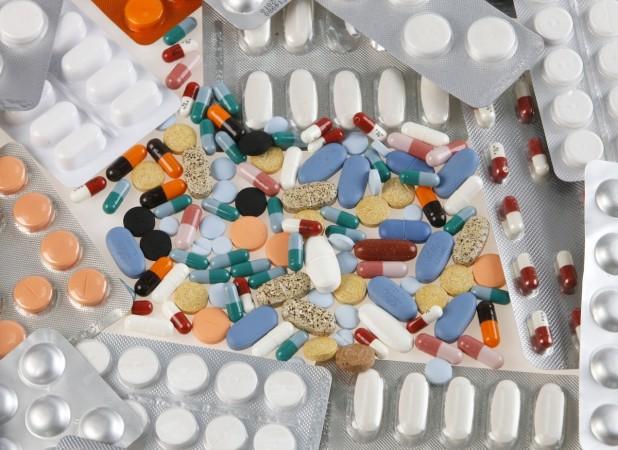
India's domestic drug formulations market is likely to cross $20 billion by 2018-2019 from a level of about $11 billion in 2013-2014, according to a joint study by ASSOCHAM and Yes Bank.
The growth could remain strong on account of a rise in life-related diseases, better health care diagnostic infrastructure, new product introductions and volume growth.
Further, India's formulation exports are expected to grow at a CAGR of 14 percent to 16 percent between 2013-2014 and 2018-2019, the study titled "Indian Pharmaceutical Industry: Changing Dynamics & The Road Ahead" noted.
Driven largely by exports to regulated markets, Indian bulk drug exports are likely to grow at a CAGR of 12 percent to14 percent till 2018-2019. Exports would also get a boost from continuous growth in the semi-regulated markets.
Meanwhile, the share of regulated markets in Indian bulk drug exports may increase to about 51 percent by 2018-2019 on account of Indian manufacturers' low manufacturing costs, higher number of drug master filings (DMFs), likely expansion of key generic markets and cost cutting by major global companies.
Recently, Indian bulk drug exports have shifted in favour of regulated markets, which is evident from the increase in the share of these markets to about 49 percent in 2013-2014 from about 43 percent in 2008-2009.
The study also highlighted that the demand for active pharmaceutical ingredient (API) from on-patent drugs is expected to grow at a slower pace in comparison to the bulk drug exports for the next five years. It will be mainly due to a likely slowdown in branded medicines market in both Europe and the U.S.
Though strong growth in volumes is still expected in these markets as increasing competition from generics will lead to cost pressures on innovator companies.
Additionally, the drugs generating annual sales of about $130 billion are likely to lose patent protection and will be exposed to generic competition during 2012-2017. And due to this, the sales of generic drugs are expected to grow at a CAGR of seven to nine percent over the next five years, outperforming the overall global pharmaceutical market whose growth is expected to be limited to three percent to five percent.









